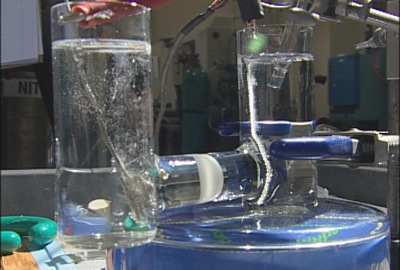This image shows the new, efficient way to pull pure oxygen from water.
Click on image for full size
Image Courtesy of MIT/NSF
Water Refineries?
News story originally written on August 8, 2008
Two scientists have discovered a simple and inexpensive way to obtain pure oxygen from water using a small amount of electricity. This discovery may become an important new green-energy source.
Daniel Nocera, a chemistry professor at the Massachusetts Institute of Technology, and a graduate student named Matthew Kanan made this discovery in a chemistry lab. To produce oxygen, they added a few chemicals (cobalt and phosphate) to neutral water and then inserted a conductive-glass electrode. As soon as they applied a current, a dark film began to form on the electrode from which tiny pockets of oxygen began to appear, eventually building into a stream of bubbles.
After analyzing the electrode, Nocera and Kanan concluded that a cobalt-phosphate mixture, possibly combined with phosphate, had deposited as a film. They believe the film is what helps break apart the water molecules to create oxygen gas. The protons (hydrogen nuclei) released from the process pick up electrons and convert back into hydrogen at a partner electrode.
Oxygen and hydrogen are energy-rich fuels. This new technique could be a cheap energy source for people to use when the Sun goes down. While this might not be available as a home-based energy source for about ten more years, this discovery is a major step forward.
You might also be interested in:
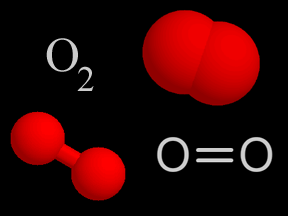
Oxygen (O2) is a kind of gas. A lot of the air you breathe is oxygen. That's a good thing, since we need oxygen to stay alive! About 4/5ths of the air in Earth's atmosphere is nitrogen (N2). Almost all
...more
Electricity and magnetism are two very important topics in the science of physics. We use electricity to power computers and to make motors go. Magnetism makes a compass point North and keeps notes stuck
...more
Scientists have learned that Mount Hood, Oregon's tallest mountain, has erupted in the past due to the mixing of two different types of magma. "The data will help give us a better road map to what a future
...more
The Earth's mantle is a rocky, solid shell that is between the Earth's crust and the outer core, and makes up about 84 percent of the Earth's volume. The mantle is made up of many distinct portions or
...more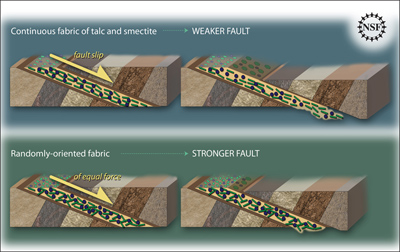
Some geologic faults that appear strong and stable, slip and slide like weak faults, causing earthquakes. Scientists have been looking at one of these faults in a new way to figure out why. In theory,
...more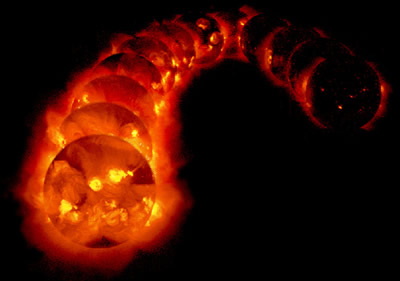
The sun goes through cycles that last approximately 11 years. These solar cycle include phases with more magnetic activity, sunspots, and solar flares. They also include phases with less activity. The
...more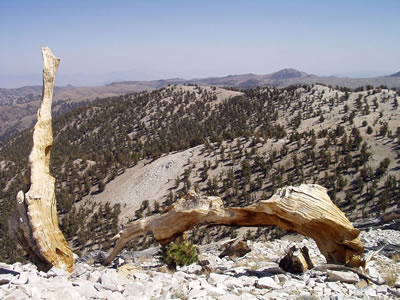
Studying tree rings doesn't only tell us the age of that tree. Tree rings also show what climate was like for each year of a tree's life, which means they can tell us about climates of the past and about
...more


